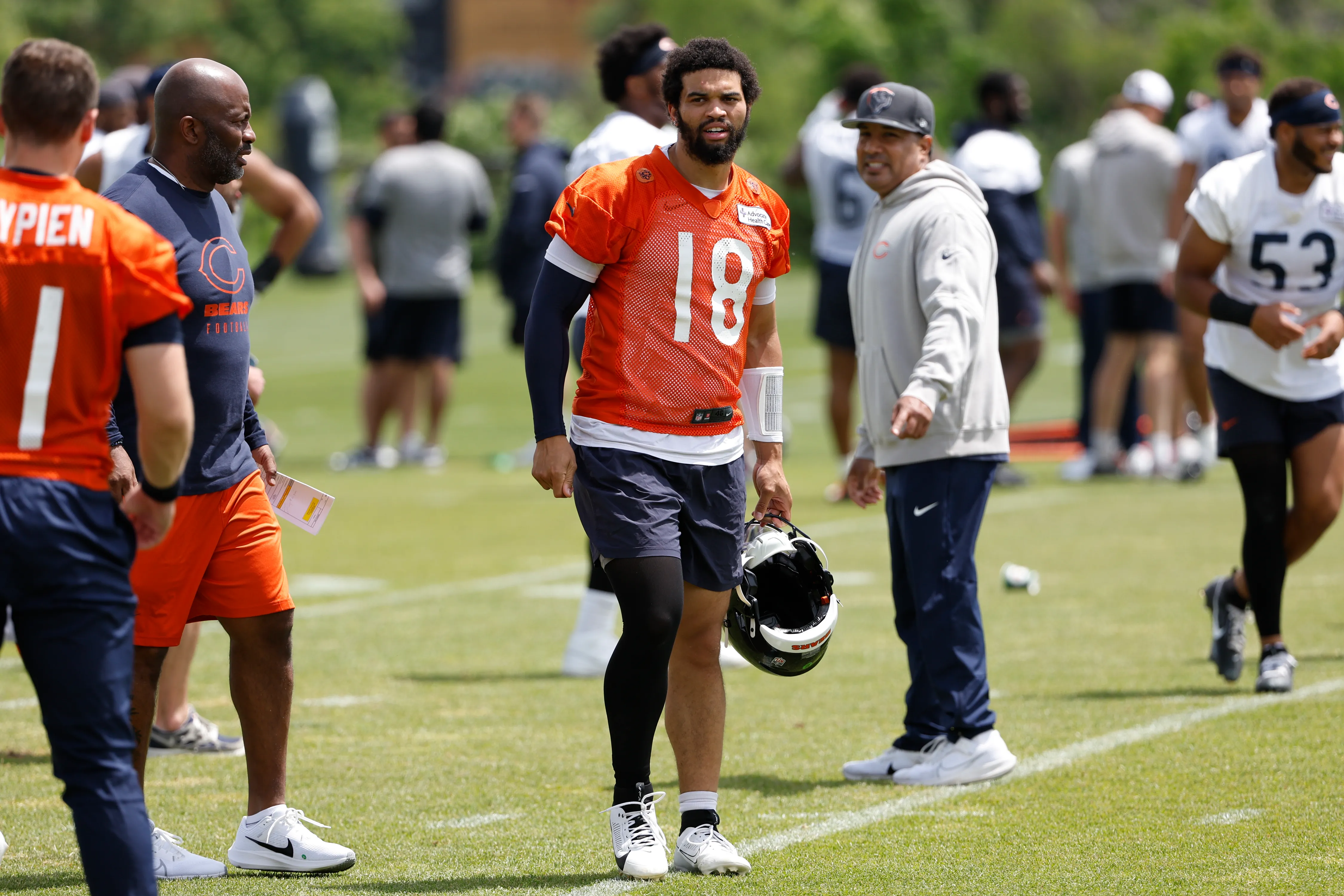The Illinois House passed a $53.1 billion state budget on Wednesday morning as part of their spring legislative session, but didn't include the Bears' potential stadium plans in the budget.
The plan includes hundreds of millions promised to elementary and secondary education, public schools across the state, migrant relief, medical debt and tax write-offs for special circumstances. But nothing for the Bears.
The Bears are optimistic about continued meetings with elected officials and state legislators.
Stay in the game with the latest updates on your beloved Chicago sports teams! Sign up here for our All Access Daily newsletter.
"We continue to have productive conversations since we unveiled our vision to invest more than $2 billion of private money to a new, publicly owned enclosed stadium which will create 43,000 construction jobs and more than 4,000 permanent jobs," the Bears said in a statement to NBC Chicago. "We look forward to continuing to meet with elected officials, community leaders, business leaders, residents and fans to collaborate on ways to make the massive economic development project for Illinois a reality."
The Bears did not ask for a bill or legislation to be passed during this session. However, during the Bears stadium proposal presentation in late April, President/CEO Kevin Warren was hopeful of getting something done as quickly as possible.
Illinois Gov. J.B. Pritzker still needs to sign the budget to officially put it in action. But his press secretary called the Bears' funding plan a "non-starter for the state."
The Bears announced in late April a plan to unveil a new, enclosed stadium on the lakefront.
Bears News
MORE: How Bears plan to fund Chicago stadium project, and how much it will cost taxpayers
Bears COO and executive vice president of stadium development Karen Murphy said in the presentation that the team expects the entire stadium project to cost $4.7 billion: $3.2 for the stadium itself and just over $300 million for the infrastructure required to open it, then $1.2 billion for two other phases of development.
In March, the team confirmed it would contribute $2 billion dollars to fund the majority of the project. A slide in the presentation clarified that the number would be closer to $2.025 billion dollars. After that, the team would look to an NFL stadium program for a $300 million loan.
That leaves a $900 million gap for the stadium financing itself. The Bears plan has them looking to a bond mechanism in the Illinois Sports Facilities Authority program to make up the difference.
The Bears said a 2% hotel tax that is already in place for the ISFA should be able to make up the $900 million they need from public funds.
There wasn’t a clear answer as to where the team would get the $300 million for the infrastructure, however. Murphy said the team is still working with the state and looking into different funding sources.
If the team gets the public funding needed to open the stadium, they said there will be two more phases of development requiring public money: one to maximize infrastructure for the stadium and surrounding campus totaling $510 million, and another phase for “optional infrastructure to enhance the campus, improve circulation, and maximize public economic benefits,” totaling $665 million.
Add up all three phases plus the IFSA funding, and it's nearly $2.4 billion in public money.
Chicago mayor Brandon Johnson said on Wednesday that the Bears’ new plan to build a stadium in Chicago will not raise taxes on city residents.
“I’m going to repeat that one more time to make sure that everybody gets it,” Johnson said after the announcement. “This project will result in no new taxes on the residents of Chicago.”
It's still not clear where some of the funding will come from. Additionally, the Bears indicated they could potentially look for city money as well as state and federal dollars.
The next Illinois state budget won't be until next May. But when lawmakers are seated in the winter session the Bears could see some movement in funds.


